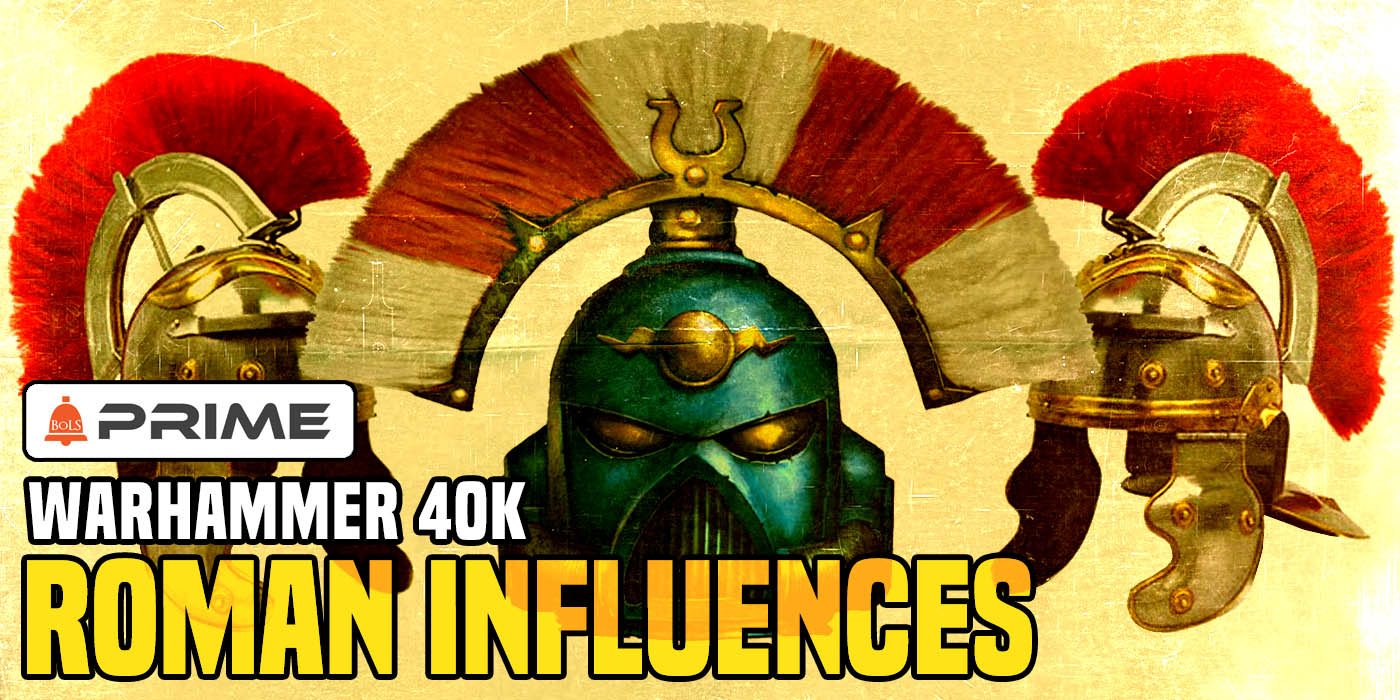Even in the Warhammer 40K's Imperium, real-world Roman influences remain.
Of all the factions in Warhammer 40k, perhaps the most well-known and enduring is the Imperium of Man, ruled over by the God-Emperor on his mechanical life support throne. While certainly not anything close to an enlightened or utopian society, it cannot be denied that the Imperium has maintained its status and presence in a cruel and uncaring universe, advancing humanity to a galactic superpower against overwhelming odds. Through the strength of arms, relentless exploration, and unshakeable faith in the divinity of their superhuman ruler, the human race has pushed themselves to the furthest reaches of the known galaxy.
Though a billion souls are lost every day to the horrors of the galaxy or the dogmatic practices of the Imperium itself, hundreds of billions more persist to carry out the Emperor's vision of galactic conquest and the continuation of the human race among the stars. However, even though the Imperium has pushed humanity to the boundaries of innovation and evolution (though it has admittedly stagnated), some of the primary themes can be traced back to another great empire of the ancient world: ...

